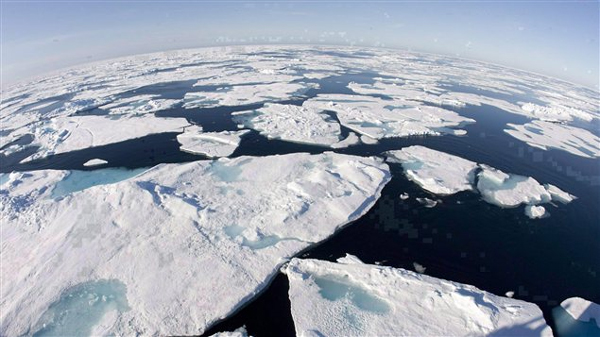
Arctic sea ice extent hit a new record low in March for the third year in a row. That sea ice, or lack of it, drives climate patterns around the globe.
But how?
We put that question to Brian Brettschneider for the segment, Ask a Climatologist.
Brettschneider said it’s all about energy. Sea ice reflects most of the sun’s energy back into space. Less sea ice means the entire Arctic basin is absorbing a lot more energy.
“So its like having a 60 watt light bulb, taking it out and replacing it with a 70 watt light bulb. Over time, that adds up,” Brettschneider said.
Across the globe, the entire atmospheric circulation pattern is driven by temperature differences between the tropical latitudes and the Arctic. Brettschneider said that’s because the tropics have more warmth than they can handle and the Arctic is in a heat deficit. The winds in the atmosphere are constantly trying to equal that out.
“It’s like pouring hot water into a cold bathtub,” Brettschneider said. “The temperature tries to even itself out, but if you change the temperature of the water, the way that evens out is going to be different.”
Brettschneider said more warmth in the Arctic ocean affects the jet stream, the polar vortex and where big high and low pressure systems set up around the globe.
Annie Feidt is the broadcast managing editor at Alaska Public Media. Reach her at afeidt@alaskapublic.org. Read more about Annie here.





